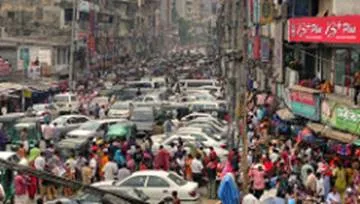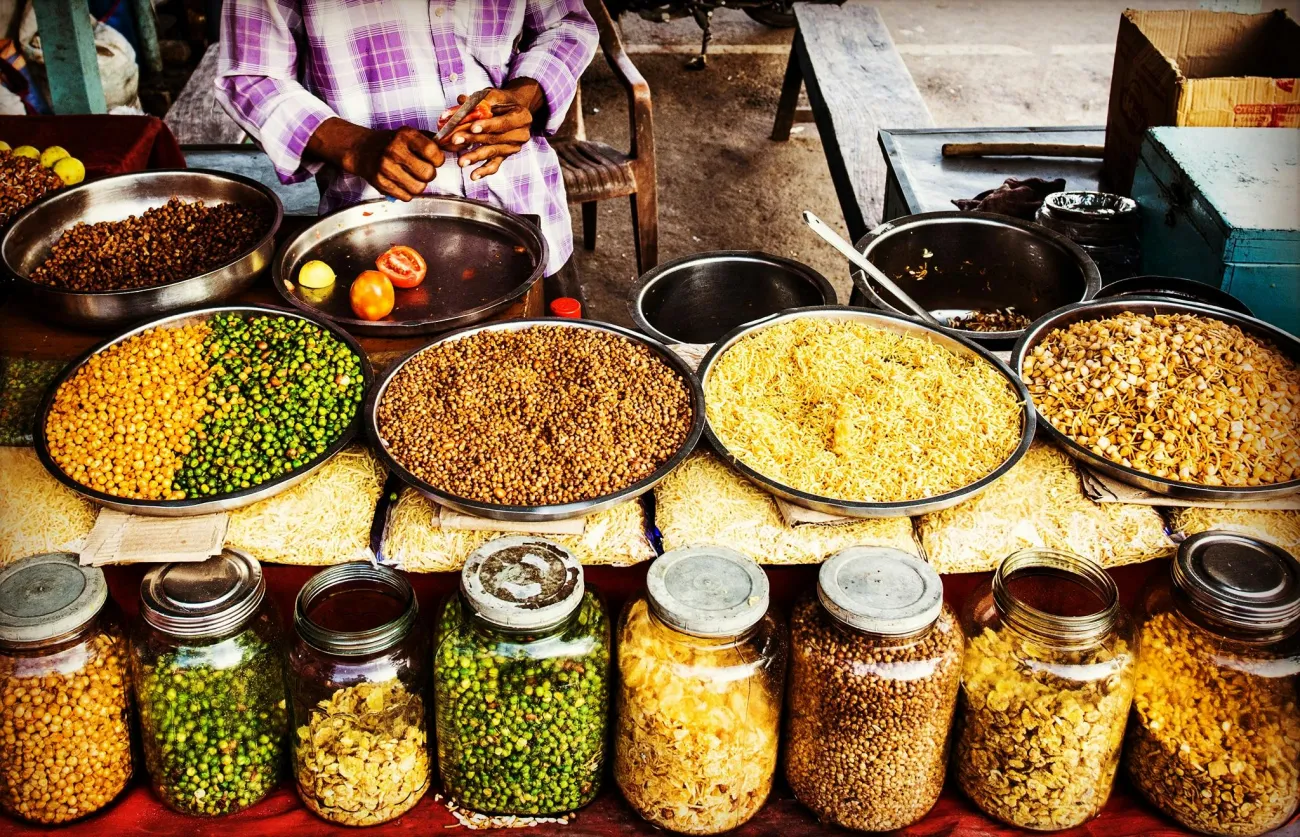This short perspective in the journal Science reviews how the rise of urbanization is transforming food systems in many areas, and argues for further research on this topic.

Between 1970 and 2000, the global urban footprint expanded by 58,000 km2 with generous projections to 2030 seeing built-up areas nearly tripling in size. The authors say that although there has been some analysis of the direct effects of urbanisation on diet, research on the links between urbanisation and food systems more generally, and in relation to resource use and the environment in particular are lacking. The figure accompanying the article (copied) shows some of these connections:

Fig. Established and underexplored linkages between urbanization and food systems. The underexplored linkages are illustrative and not exhaustive.
The paper highlights some of the following issues that merit further exploration:
● The physical expansion of urban areas may reduce the availability and quality of crop land although the severity of this effect will vary significantly by region
● Urbanisation and changing dietary patterns are linked in complex ways, with income and economic development, levels of education, physical access, changing time allocations, and exposure to new dietary lifestyles, fads and norms all playing a part and influencing not just the type of food demanded but their provisioning (transport, packaging ICT etc). All this has implications for levels of packaging, resource and energy demand and food waste.
- Urban planning, land use zoning and transport planning as well as other regulations influence people’s physical access to foods, where they buy food from (large supermarkets or small street vendors) and so forth.
- Urbanisation breeds innovation which plays out in multiple and potentially unexpected ways, affecting urban entrepreneurs as well as food producers in distant locations.
- And finally, urbanisation affects rural food producers, including the world’s 500 million smallholders and will influence balance of power along the whole value chain.
The paper concludes by saying:
“Most discussions of food security focus on how to sustainably provide for a world of 9 to 10 billion people in 2050. Much less attention has been paid to the fact that ~6.5 billion of these people will live in urban areas and that the transformation toward a more urbanized society will have many consequences for food systems. The overwhelming effects will be indirect. To achieve food security in the urban century, we urgently need more research that unravels how these two systems are linked.”
Reference
Seto, K.C. and Ramankutty, N., 2016. Hidden linkages between urbanization and food systems. Science, 352(6288), pp.943-945.
To find the article, click here (paywall).
Examples of action focused on urban food systems included: the RUAF foundation; Sustainable Food Cities; the Milan Urban Food Policy Pact; and the International Urban Food Network.
For more resources on urban food systems, see the FCRN’s research library here.




Comments (0)